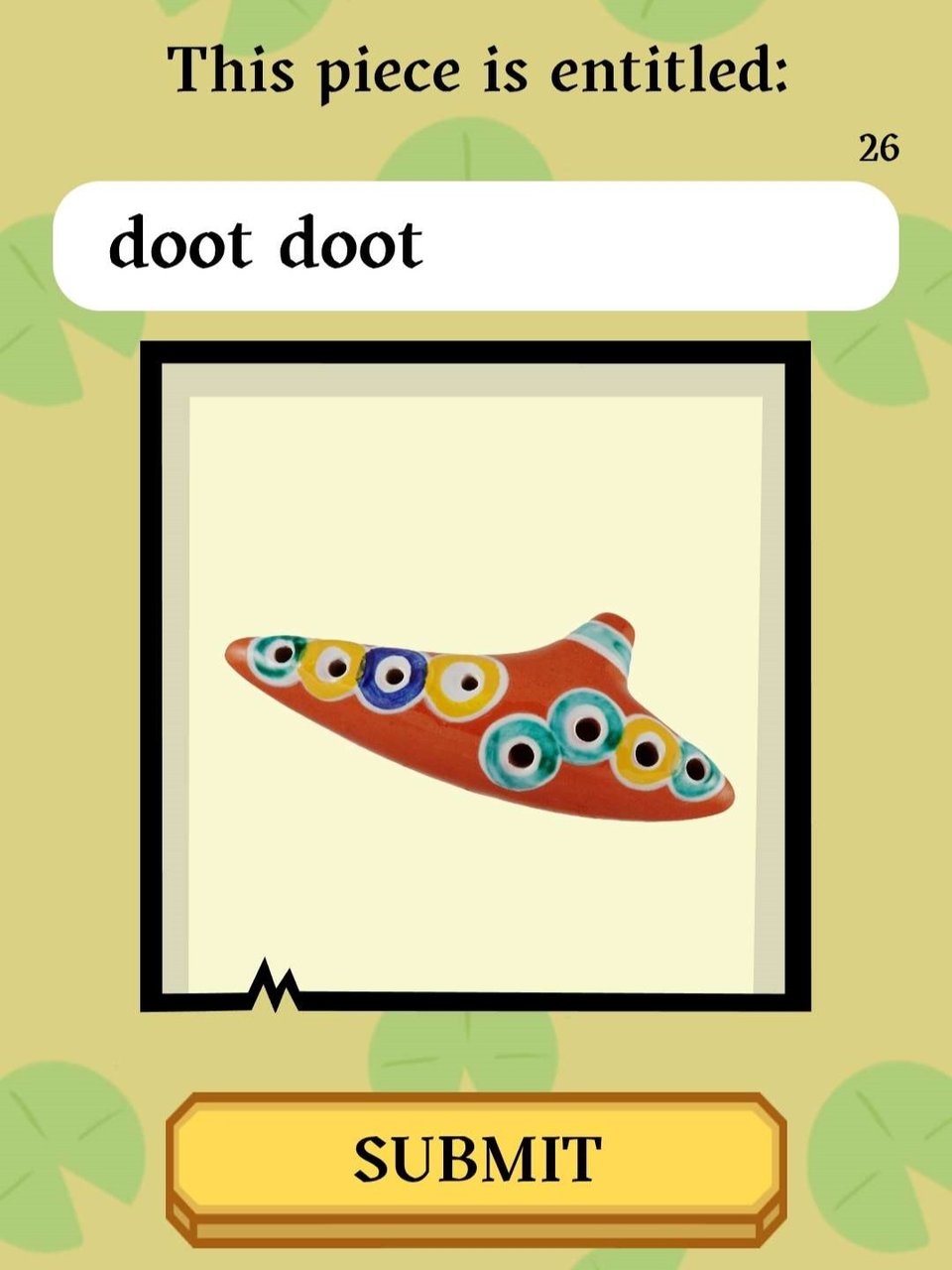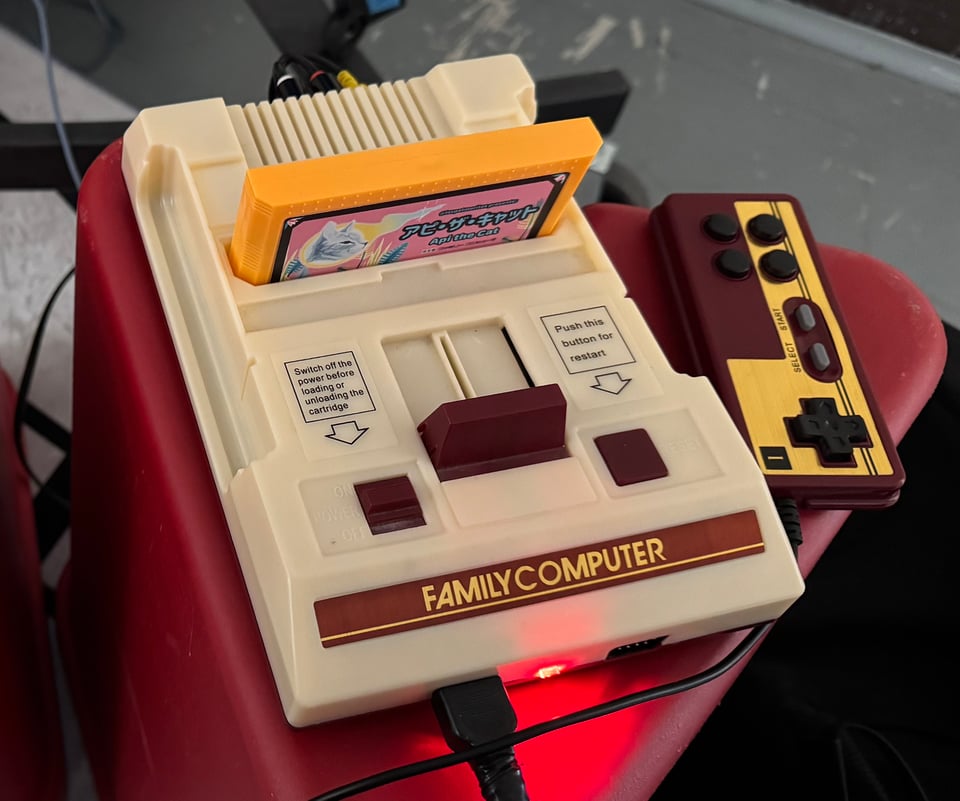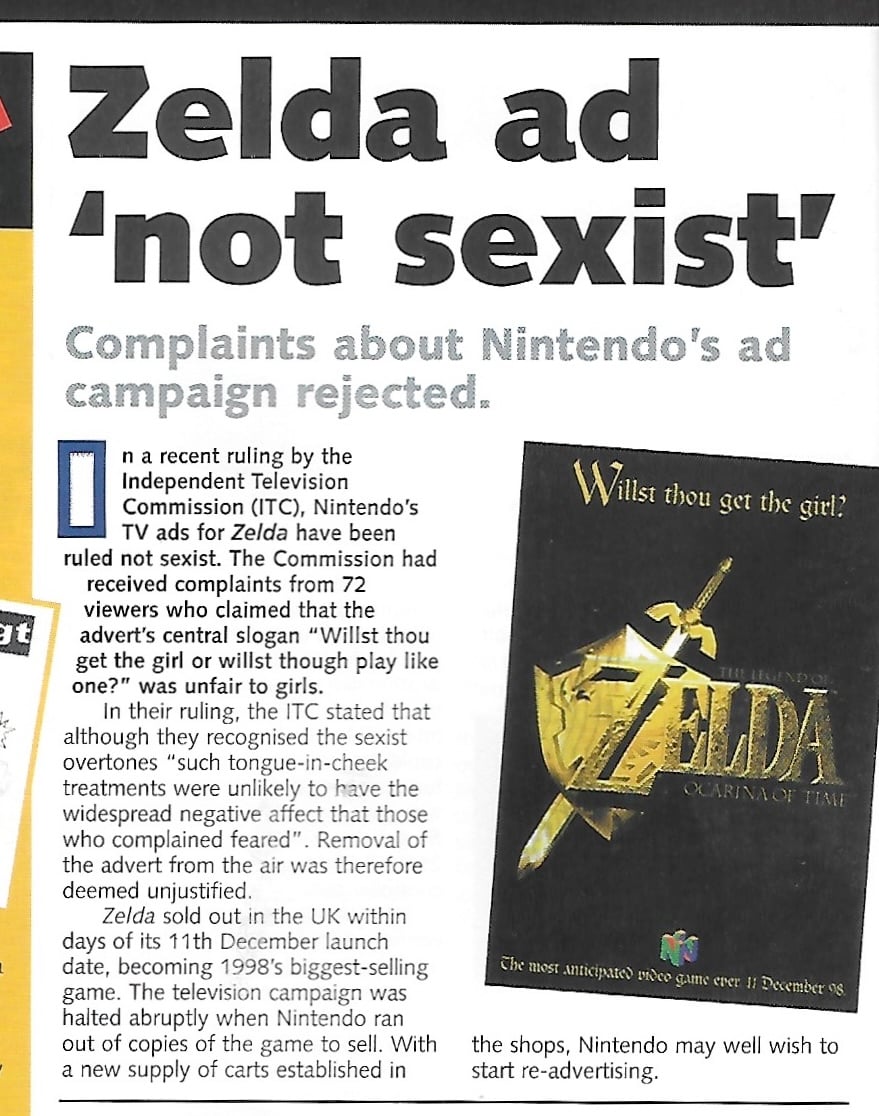Expedition 5
The Bathysphere
The Bathysphere
Welcome to the fifth edition of the Bathysphere! We were meant to be introducing paid subscriptions this week but there have been technical difficulties, so we’re back with another free expedition. We’re getting some lovely emails from readers now, so please do get in touch. Don’t hesitate to recommend games, events, etc, that you think will interest fellow video game explorers. For now, please enjoy our latest outing.
The Bathysphere crew
Christian Donlan
Florence Smith Nicholls
Keith Stuart
Essay: Choose Your Own Item Description

Have you ever found yourself browsing eBay late at night, falling down a rabbit hole of second-hand jewellery and job lots of LEGO? Perhaps you’ve come across objects dubiously described as “haunted” with elaborate back stories about the spirits that possess them? I certainly have. A cursory search just now quickly brought up a whole series of haunted dolls, such as “Elizabeth” who was apparently born in 1896, and “haunted doll pair Trudy and Debs” who died after going out on a lake in a tiny rowboat - “neither could swim.”
Whether you believe in the supernatural or not, there’s no doubt that these back stories make the objects on sale more compelling. This conceit, of spinning yarns about knick-knacks to make them more appealing, is the central game mechanic of Junktopia, a Jackbox party game. Gameplay involves you and other players being given a selection of random items to buy, then you have to name them and respond to two text prompts (or come up with your own) to make up interesting stories about your item so that other people will vote for it. The more votes you get, the more profit you sell the item for.
As an archaeologist I’ve long been obsessed with the concept of object biographies; charting the life cycle of an object from the materials it was made from, to its eventual deposition and possible reuse. Though Junktopia certainly isn’t engaging with artefacts on that kind of granular level, I’m always excited to see games that encourage players to interpret material culture as a game mechanic. After all, many people love to pore over item descriptions in the Soulsborne games, why not try your hand at writing one yourself?
There are other games that work with this same hook. Take the solo TTRPG ARTEFACT. ARTEFACT asks you to choose from nine object archetypes and then chart your treasure’s life after it is seized by a “Keeper” and taken on various adventures. There are lots of evocative questions to help prompt worldbuilding and elaboration, such as:
“You were once asked to kill someone your Keeper was madly in love with. Describe the person they were forced to eliminate. Did you love them too?”
Objects are powerful creative prompts. I’m writing this in my parents’ house, surrounded by heirlooms and junk. Why is there a framed photograph of a Labrador wearing sunglasses next to a drum kit on the mantelpiece? I might know the real answer, but the incongruity of the picture alongside more austere flower arrangements already lends itself to an interesting story.
I actually first played Junktopia this Easter with my family, and the multiplayer aspect gives a whole different dimension to telling object histories. You’re not just telling stories to please yourself, but to gain the approval of a specific group of people. A lot of our objects, which funnily enough included dolls that wouldn’t look out of place as a haunted eBay listing, had imaginary origins in Sleaford, the small Lincolnshire market town where my parents live. Then, inevitably, came the family in-jokes that would be as incomprehensible as an ancient text in another context.
This juxtaposition between the strange and familiar is what makes knick-knacks and antiques so interesting. Even if you have no idea of who originally owned it, and how they used it, you’re still aware that it passed through various hands and was part of the rich tapestries of their lives. It’s sort of like a form of sonder, but for objects rather than people - the realization that each thing had a complex life history that you can only begin to guess at.
In the final round of Junktopia, you have to think of a name for your collection of items. In some ways this might be my favourite part of the game, because it transforms you from an object biographer into a curator. How do you come up with a flashy title for a stuffed warthog head and a pair of latex ballet shows? Easy. Swine Lake.
I’d love to see more games that involve engaging with object biographies not just as flavour text, but as active collaborative world building. Better yet, more curation games that invite you to reflect on what it means to display a haunted doll next to an ancient sword. What does it say about those objects when we put them together, but more importantly, what does it say about us? FSN
Delightful games

Earlier this month, I briefly attended the final Now Play This festival of experimental game design in London. On show was the lovely retro platformer API the Cat by music producer Nahuel Berneri. Running on an old Nintendo Famicom it featured a cat exploring a school environment collecting GameBoy carts in order to put together a chiptune concert. I love games that repurpose and re-explore old technologies, investing them with fresh ideas and aesthetics. See also Tanglewood for the Mega Drive and the growing range of modern carts from physical software specialist Strictly Limited. KS
Beacon Patrol is a lovely board game about exploring the seas and making lovely islands and peninsulas and all that melancholic stuff that comes so easily with the watery parts of the world. There’s a PC version on the way, which has a pretty good demo, but this game demands to be played out on a rug or vast table, so that you can spend a grand afternoon not just navigating the oceans but conjuring them. CD
Interesting things

The Hub in Sleaford, Lincolnshire, is currently hosting a lovely touring exhibition called “Made in the Middle,” showcasing the work of 37 artists from across the Midlands. I particularly enjoyed Ruiya Xu’s speculative archaeological artefacts made from 3D printed resin and bronze, as well as Lucy Baxendale’s interactive porcelain sculptures. FSN
I’m currently reading Italo Calvino’s The Castle of Crossed Destinies, the premise of which is that a group of travellers can only communicate with each other through tarot cards. It’s a fantastic exploration of how subjective interpretation of images can be - I’ve often found myself disagreeing with the protagonist’s reading of the cards. See what you make of it. FSN
In a perfect world I would quote you a few choice bits from The Chronicles of DOOM, the new biography of the legendary rapper, but I leant my copy to Simon Parkin so I don’t have it to hand. And in a perfect world everyone would already know about MF DOOM, and we wouldn’t need S.H. Fernando Jr to tell his story. Fernando Jr does a lovely job, though, exploring MF DOOM’s shifting space in the history of hip-hop while leaving a little of his mystique in place. More than anything, this book made me listen and relisten to a lot of music, and discover even more that I did not know about. It’s glorious stuff. CD
Last thing on this - one of the rabbit holes I went down lead to Madlib’s Blue Note record, which is really wonderful. The Pitchfork review I just linked to invokes Sun Ra, which is pretty much all you need to know. CD
Super quick because there is a bee in the room, Anthony McCall’s Solid Light sculptures are still on at the Tate Modern, and the run has been extended until the end of June. I went last week and it was truly luminous. CD
Retrospective adventures

The ‘Lad Mag’ culture of the mid-1990s and early 2000s celebrated casual sexism and objectification, its main proponents being publications such as FHM, Loaded, Nuts and Zoo. Video game publishers in the UK and US were keen to align with the trend as they saw young men as their key audience. It’s disappointing to find that Nintendo (or at least its UK marketing team) were prepared to play along. This news article from the March 1999 issue of N64 Magazine concerns complaints made about sexist TV ads for Ocarina of Time. The ITC ruling is pretty poor: the argument that such pervasive messaging was ‘unlikely to have the widescale negative effect that those who complained feared’ seems laughably naive now. KS